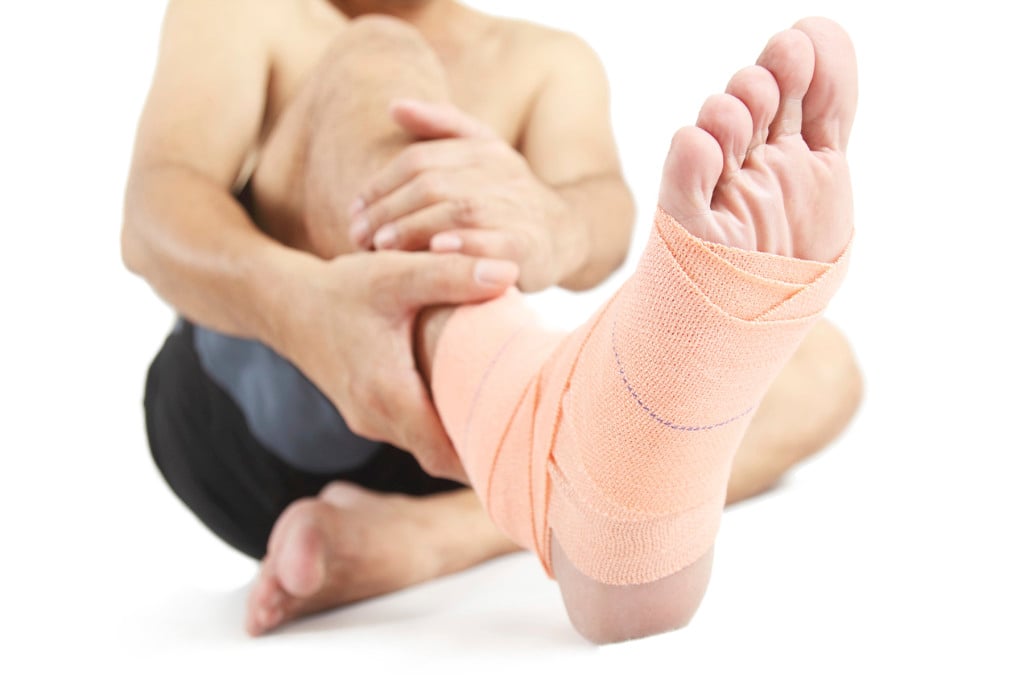Injured and Can’t Train – Now What?

Being down-and-out with an injury isn’t just painful – it can be mentally frustrating too. Here’s what to do when you’re injured and can’t train.
For injuries that are isolated to one part of your body, the first step is the easiest of all possible exercises: simply move. Keeping active can aid recovery and allow you to maintain your fitness. It also releases endorphins, the body’s natural feel-good medicine. The trick is finding the right exercises that don’t exacerbate your injury.
When a person is suffering from persistent pain, guarding the injury is an expected yet potentially harmful response. Injured tissues heal, but muscles learn to readily develop habits of guarding that outlast the injury. Clearly, if guarded movements are programmed, and persist even in the absence of pain, then faulty movement patterns will be reinforced over time. Not only does chronic pain activate different parts of the brain, but there are sometimes changes in the brain areas that detect the stimulation of body parts and performing functions begin overlapping. This process is why some body parts may become difficult to use or other areas become sensitive compared to the injured area.
Finding a Physiotherapist
The first step in your recovery is to find a physiotherapist with expertise in assessing and detecting maladapted movement patterns that can increase your risk of injury. A standard orthopaedic assessment involves the identification of painful movements and tissues, however, a functional assessment brings forth faulty movement patterns and asymmetries that are not painful, however, are part of a larger system of links that work together called a kinetic chain. We often assume the site of pain and its source are identical, thereby leading many practitioners astray. In clinical rehabilitation, searching for the source of the biomechanical overload is of utmost importance.
Imbalances within movement patterns or asymmetry between limbs increase the risk of injury due to inefficient activation or timing of the muscles. In my opinion, it is not enough to just treat the pain. Therefore, your physiotherapy treatment is not over when pain subsides. Identification and prescription of exercises that restore proper movement patterns and timing are imperative to a thorough rehabilitation program. Normalizing specific dysfunctions of any movement pattern will facilitate improved performance.
The brain thinks in terms of movement not individual muscles. Functional training integrates many muscle groups by placing the body in functional positions and includes the performance of multipoint exercises. Under the guidance of a skilled practitioner, you can and should immediately begin training. You should do it to cover that last, crucial step from ‘recovered’ to ‘better than ever’. You should do it to test your tissues, to reveal remaining vulnerability. Functional strength training demands the highest possible function from your tissues; the most potent way of ‘using it’ instead of ‘losing it.’
Tamara Koroscil
Physiotherapist, Trailside Physio
No Comments